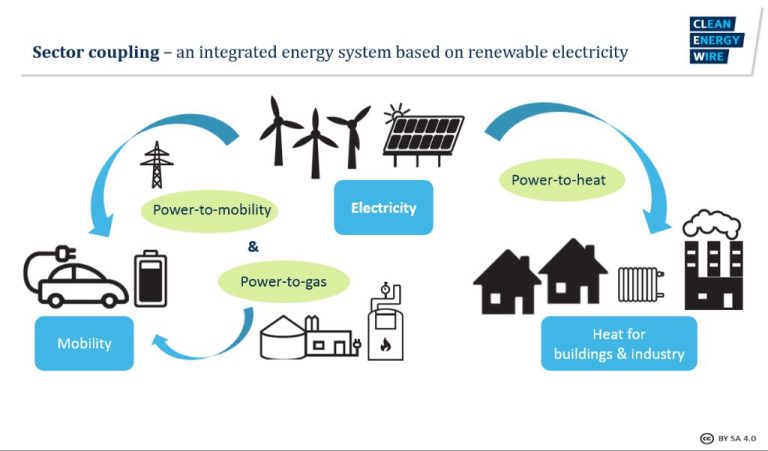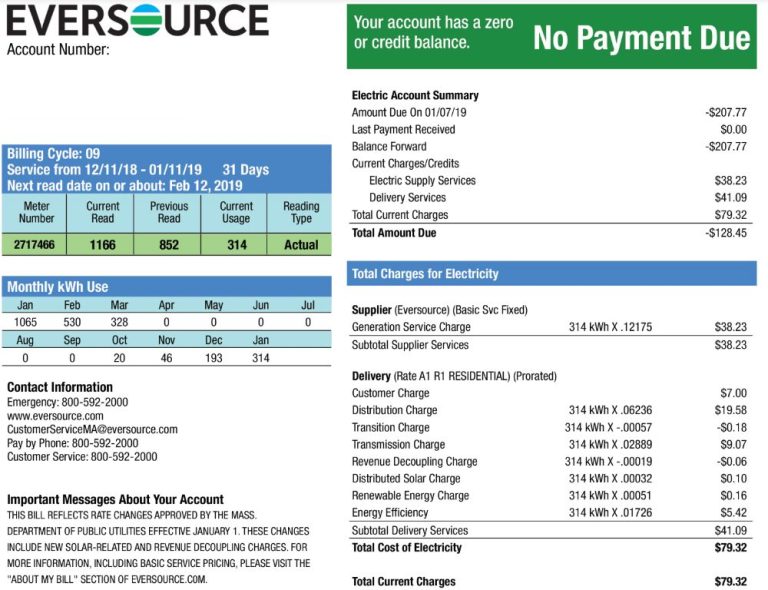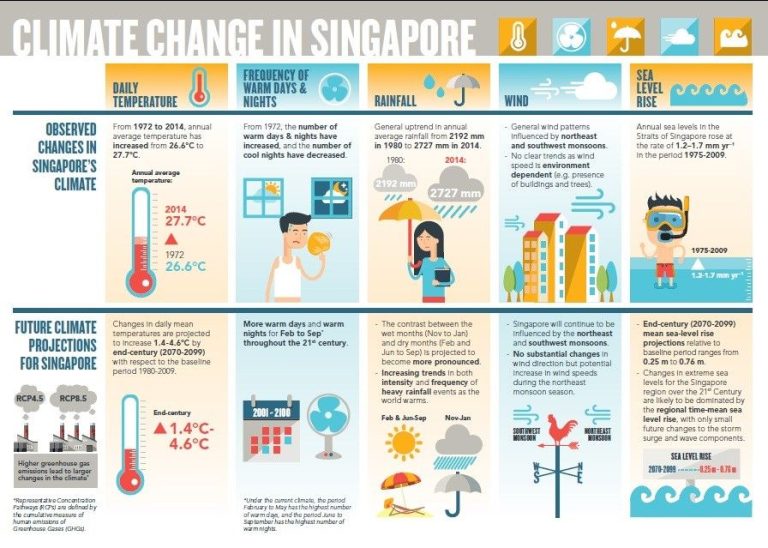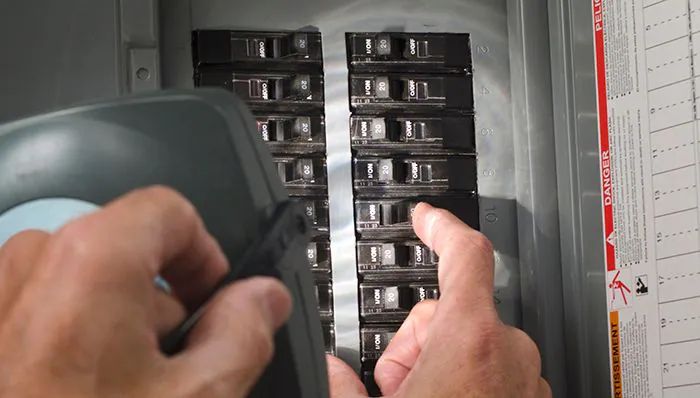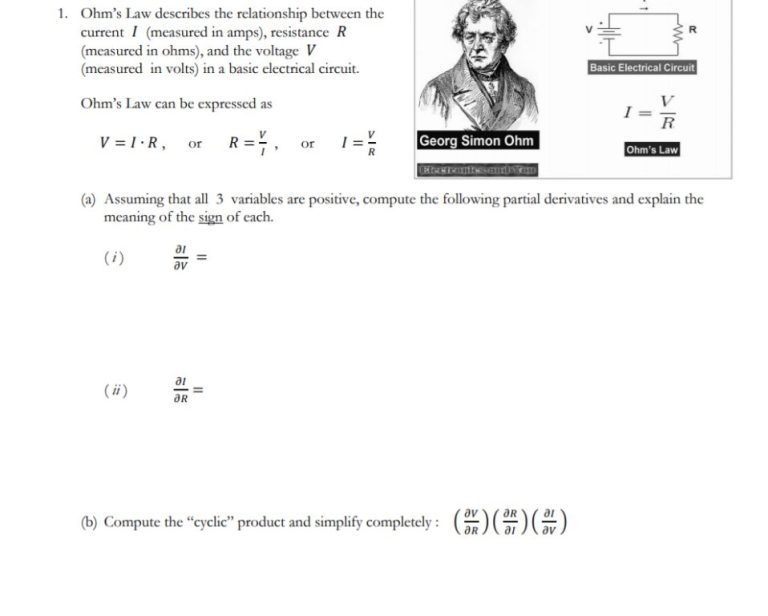What Is An Example Of A Simple Energy Transfer?
Energy transfer is the process by which energy moves or changes from one object or system to another. It is a fundamental concept in physics and engineering that helps explain how energy flows through the natural world and man-made systems. Understanding energy transfer is critical for designing technologies like power plants, batteries, and engines, as well as understanding natural phenomenon like weather patterns and chemical reactions.
Energy transfers occur constantly around us. Some examples are an ice cube melting into a cup of water and heating it up, electricity flowing from a power plant to your home, and a gust of wind causing leaves to rustle. In each case, energy is transferred from one place or object to another in some form. The ice cube’s energy is transferred as heat to the surrounding water. The electrical energy from the power plant flows through wires into appliances and lights. The wind’s kinetic energy becomes the leaves’ kinetic energy of motion.
Describing and quantifying these transfers helps scientists, engineers, and inventors manipulate energy to human advantage. It enables the design of technologies and systems that convert energy into useful forms and functions. By better grasping energy transfers, we gain greater control over energy resources and can develop cleaner, more sustainable ways of powering human civilization.
Kinetic Energy
Kinetic energy is the energy of motion. An object that has motion – whether it is vertical or horizontal motion – has kinetic energy. The amount of kinetic energy depends on the mass and speed of the moving object. The greater the mass and the faster the speed, the greater the amount of kinetic energy.
For example, a car moving at 60 miles per hour has more kinetic energy than a car moving at 30 miles per hour. This is because the faster moving car has more energy associated with its motion. A semi-truck moving at 60 miles per hour has more kinetic energy than a small car moving at 60 miles per hour. This is because the more massive truck requires more energy to achieve the same speed.
Some other examples of kinetic energy in everyday life include the energy of a soccer ball being kicked, a person running, or wind blowing through the trees. The motion of all these objects means they possess kinetic energy.
Potential Energy
Potential energy is the energy stored within an object or system due to its position or state. For example, a book sitting on a table has potential energy due to the force of gravity potentially acting on it and its position above the ground. If the book falls off the table, the potential energy is converted into kinetic energy as the book gains speed and motion towards the floor. Other examples of potential energy include:
- A compressed or stretched spring has potential energy due to its state of compression or tension.
- Water held behind a dam has potential energy that can be converted into electricity as it flows through turbines.
- Chemical bonds within molecules hold potential energy that can be released as heat during chemical reactions.
- An object at the top of a hill has potential energy due to its height above the ground which can convert into kinetic energy as it rolls down.
In each example, there is stored energy due to the object or system’s arrangement that has the potential to be released and converted into other forms of energy like motion, electricity or heat.
Energy Transfer Through Heating
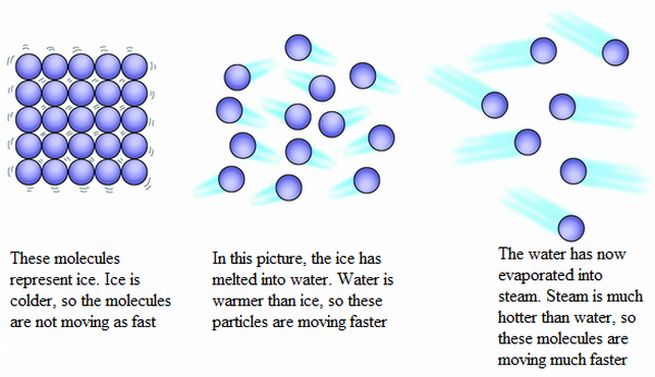
Heating is a common way that energy gets transferred from one object or system to another. When an object is heated, its molecules gain kinetic energy and start moving faster. As the object gets hotter, its molecules vibrate more rapidly. This molecular motion is a form of kinetic energy.
For example, when you boil water on a stove, the burner provides thermal energy that gets transferred to the water molecules, increasing their kinetic energy. This makes the water molecules vibrate faster and spread apart, causing the water to boil. The thermal energy from the stove has been transferred to the water through heating.
Heating objects by burning fuel is another example of energy transfer through heating. The chemical potential energy stored in the fuel gets released through combustion and converted into thermal energy that heats the surroundings. Campfires, fireplaces, and vehicle engines rely on this energy transfer to produce useful heat.
In summary, heating transfers energy to objects by increasing the kinetic energy of their molecules. This energy transfer through heating is a ubiquitous part of everyday life and technology.
Energy Transfer Through Electric Currents
Electric currents transfer energy in the form of electricity from one location to another. This occurs when electrons move through a conductive material such as a metal wire. The motion of electrons creates an electric current that can be harnessed to power electrical devices.
Within an electrical circuit, the energy source – often a battery – applies a voltage that gives the electrons kinetic energy. As the electrons move through the wires, this electrical energy is continuously converted into other forms that can do work. For example, the kinetic energy of electrons is transformed into heat and light energy in a lightbulb. The motion of the electrons transfers energy from the battery to the lightbulb to produce illumination.
Other examples of energy transfer via electric currents include powering electric motors, transmitting signals through telecommunication wires, and distributing electricity across power grids. The movement of electrons through conductive materials makes it possible to transport electricity over great distances. This allows energy to be delivered from power plants to homes and businesses for powering appliances, machines, and electronics.
In summary, the motion of electric charges creates currents that can carry electrical energy from a source to any process or device that requires it. This makes electric currents an efficient means of energy transfer in modern technology, industry, and infrastructure.
Energy Transfer Through Waves
Waves are able to transfer energy from one place to another without transferring matter. Waves like sound waves, electromagnetic waves, and water waves are all examples of energy transfer through waves. As the wave moves through a medium like air, space, or water, the particles of that medium vibrate, yet stay in place overall. It is the vibration of the particles that passes the wave’s energy along.
For example, when you speak you create vibrations in the air molecules around you forming sound waves. As the sound waves travel through the air, the air molecules bump into each other, passing along the energy of the original sound vibration. The molecules stay in place, but the energy moves far from its original source in the form of a wave. Waves like the light waves that allow you to see or radio waves that carry signals are other examples of energy transfer through waves. The unique properties of waves, being able to transport energy independently of matter over long distances, make wave energy an important means of energy transfer.
Energy Transfer Through Motion
One of the most common ways we observe energy transferring in daily life is through motion. For example, when a ball is thrown through the air, it has kinetic energy from its motion. When the ball hits something and bounces off, some of that kinetic energy is transferred to the object it hit, causing it to move. The kinetic energy is converted into heat and sound energy as well. Other examples include:
- A rollercoaster going downhill converts gravitational potential energy into kinetic energy
- Bowling balls striking pins and causing them to tumble and fall
- Cars colliding and crumpling upon impact as the kinetic energy is dissipated
- Bouncing a rubber ball on the ground transfers energy between the ball and the ground
- A pendulum swinging converts kinetic energy to gravitational potential energy and back again
In each example, energy is transferred through interactions involving motion. Kinetic energy allows energy to be transported from one object to another during collisions. The energy changes form during the transfer, but the total amount of energy remains constant in an ideal energy transfer.
Energy Transfer in Nature
Energy is constantly being transferred in the natural world through processes like photosynthesis, the water cycle, and food chains. Here are some examples:
Photosynthesis – Plants absorb light energy from the sun and use it to convert carbon dioxide and water into glucose (food) and oxygen. The chemical energy stored in glucose powers plant growth and metabolism. When animals eat plants, the energy transfers to them.
The water cycle – The sun’s radiation heats water in oceans, lakes, and rivers and evaporates it into water vapor (gas). As the water vapor rises, it condenses into clouds and precipitation, releasing heat energy. When rain or snow falls back to Earth, gravity pulls it downhill in rivers and streams, converting potential energy into kinetic energy.
Food chains – Producers (plants) transform solar energy into chemical energy through photosynthesis. Consumers (animals) transfer this energy from food sources along the food chain, with energy passing from plants to herbivores to omnivores to carnivores. Energy is lost as heat at each transfer between organisms.
These are just a few everyday examples of how energy moves and changes form through the natural world. The constant flow of energy supports nearly all life and drives ecosystems.
Energy Conservation
The law of conservation of energy states that energy can neither be created nor destroyed, it can only be transformed from one form to another. This means the total energy in an isolated system always remains constant. Energy is transferred between objects and converted into different forms, but it’s never lost.
For example, when a ball falls, its potential energy gets converted into kinetic energy as it gains speed. The energy wasn’t created or destroyed, it just changed forms. The total amount of energy before and after the transfer remains the same. This principle applies to all energy transfers and transformations.
Understanding the conservation of energy is important for designing efficient systems. Since energy cannot be generated from nothing, the input energy must equal the output energy plus any waste. The goal is to minimize energy losses and utilize it effectively. This law puts limits on how much useful work can be performed by any machine or process.
Conclusion
In summary, energy transfers occur constantly all around us. We explored some common examples like heating, electricity, waves, motion, and natural processes. Energy is never created or destroyed, only converted from one form to another. Understanding the different ways energy transfers help us utilize these processes more efficiently. For instance, designing better batteries or improving energy efficiency in our homes and devices. Appreciating how energy flows through natural ecosystems ensures we don’t disrupt or waste these precious resources. While energy transfers may seem abstract, they impact our everyday lives. We rely on them for everything from powering appliances to sustaining life on Earth. Recognizing our role helps us make informed choices to conserve energy and use it wisely.

